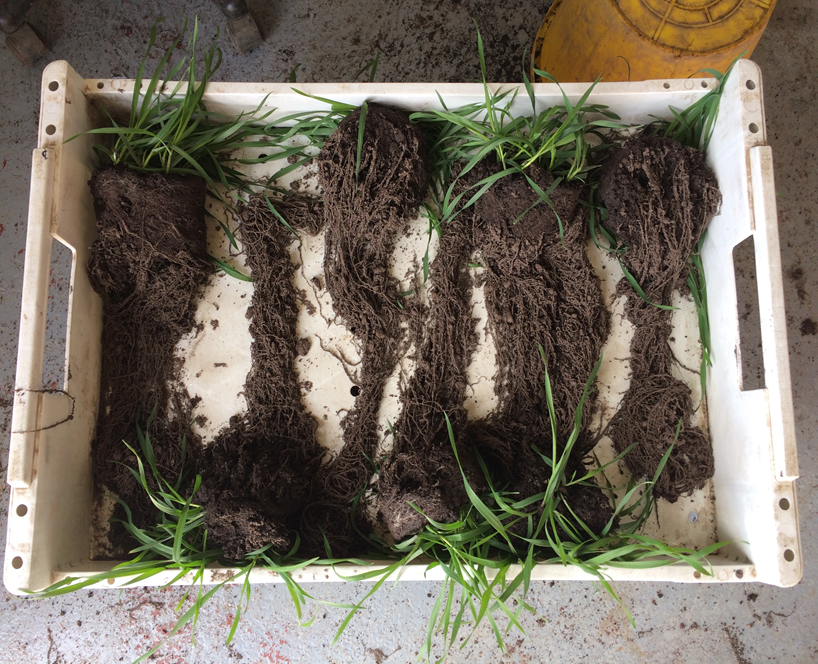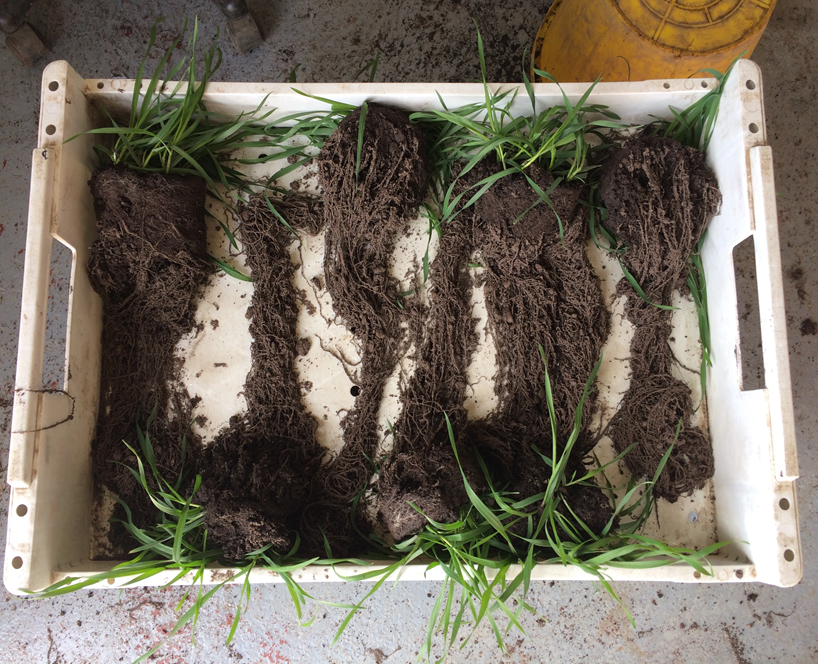Dry springs threaten spring barley performance
It’s the dream of farmers everywhere, but unfortunately no one has ever managed to control the weather. For farmers in the UK, where it rains on average 133 days a year, moisture is the biggest challenge. There’s simply too much when it’s not wanted and too little when it is.
Such changeable weather can be a problem. The dry spring of 2017 highlights the risk farmers face, says Peter Collins, Grain Co seed manager. Long term data from the Met Office reveals that rainfall in England for April this year was just 32% of the 30-year average (1981-2010).
“For well-known and understandable reasons, the area of spring crops has increased significantly in recent years, but few have stopped to consider the establishment pressures that come from dry weather at this time of year. Growers need spring crops to perform well and, yet many fail to treat them as necessary,” he says.
Spring barley is perhaps the best example of the move towards spring-sown crops. Across England, the area increased 4% in 2017 compared with the year earlier to more than 478,000 hectares. It now accounts for 57% of the entire barley crop area in England.

Radiate treated wheat roots 31 days after sowing
“Spring barley is the preferred spring cereal for most growers. The latest varieties have exceptional yield potential, but it sometimes struggles to make the most of it bec
ause it runs into dry weather before it is properly established,” Peter Collins says.
To improve establishment success with all spring cereals his advice is to apply a zinc-based seed treatment, such as Radiate to promote early root development.

Radiate Untreated wheat roots 31 days after sowing.
“It is already popular with winter-sown cereals and where growers have used it we regularly see yield increases of 0.4 to 0.8 t/ha over untreated through increased root mass which supports greater photosynthetic activity.”
Although trials have found similar increases in spring barley yields, most growers have yet to make that important connection in relation to their spring crops despite the obvious financial return.
“In a dry year it is likely to be more rewarding because the greater root mass is more beneficial to the crop by allowing it greater access to the available nutrients and moisture within the soil. You never know what season you will get at sowing, but at an application cost of £9-10/ha depending on seed rate, it’s a useful and inexpensive form of insurance should the weather turn against you,” he says.
MET OFFICE weather data can be seen here:
https://www.metoffice.gov.uk/climate/uk/summaries/anomalygraphs




